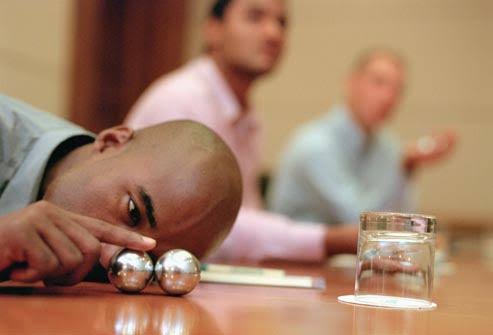New research finds that a smartphone can accurately detect, based on how they walk, whether the person who has it is drunk.

A recent research found that a person’s smartphone can tell when their concentration of breath alcohol reaches 0.08 percent.
The legal limit for driving in the US is a concentration of 0.08 percent of blood alcohol. Measures for breath alcohol are 15 percent lower than blood alcohol levels on average.
The study, which appears in the Journal of Studies on Alcohol and Drugs, could be helpful in advising people when they are in danger of causing harm because of the amount they have been drinking.
Alcohol consumption
Many people worldwide enjoy drinking alcohol responsibly, without hurting themselves or others. But alcohol is also the primary or indirect cause of significant health conditions, illnesses, and deaths.
Alcohol use is the third leading cause of preventable death in the U.S., behind smoking and issues related to physical activity and diet, according to the National Institute on Alcohol Abuse & Alcoholism. Every year nearly 88,000 people die of causes related to alcohol.
Estimates indicate that 5.8 percent of people 18 or older have alcohol use disorder, a chronic illness that, given its negative effects, can prevent a person from restricting their alcohol consumption.
Consumption of alcohol can impair cognitive and motor function — the ability to think clearly and move carefully and with purpose. This raises the chance of hurting someone else or yourself.
For instance , in 2018, 29 percent of driving deaths in the U.S. involved someone who drank too much.
Finding ways to warn someone who has had too much to drink could be valuable in encouraging them to take more care of themselves.
For Dr. Brian Suffoletto, formerly from the University of Pittsburgh School of Medicine and now from the Department of Emergency Medicine at Stanford Medical School, and the corresponding author of the study, this was personally significant.
“I lost a close friend to a drinking and driving crash in college , ” Dr. Suffoletto says. “And as an emergency physician, I took care of counts of adults with acute alcohol intoxication-related injuries. For this reason, over the past 10 years I have committed myself to researching digital solutions to avoid deaths and injury linked to excessive alcohol use.
Although devices such as portable breath analyzers are available, there are obstacles to their use: they are costly, and a person’s social stigma may stop using one overnight.
Smartphones may be an alternative: 81 percent of people in the U.S. own smartphones and the vast majority of smartphones have advanced sensors that can assess a person’s intoxicated status.
“We have powerful sensors [that] we carry around with us wherever we go. We need to learn how to use them to best serve public health.”
– Dr. Brian Suffoletto
Straight line walking
Previous research has revealed that smartphones can determine if a person is drunk using their gait information — how they walk. Starting in 2016, one study used machine learning to assess if a person was inebriated.
The authors wanted to see in the present study whether smartphones measuring gait could tell whether a person had reached an objective measure of intoxication: a 0.08 percent concentration of breath alcohol, the amount at which people appear to show poor coordination.
For the research, 22 people who visited a laboratory were recruited to consume a vodka-based drink that would increase their concentration of breath alcohol to 0.2 percent.
Each individual had a mobile attached to their back before drinking the alcohol and was asked to take 10 steps in a straight line, then back again. The guests repeated their walks every hour for the next 7 hours.
The sensors on the smartphones measured the acceleration of each participant, their side-to – side movements and their up and down motions.
Over 90% accurate
By analyzing the data , the researchers found that 92.5 percent of the time a participant could be determined to have exceeded the legal limit of 0.08 percent blood alcohol concentration.
“This controlled lab study shows that our phones can be useful to identify ‘signatures’ of functional impairments related to alcohol.”
– Dr. Brian Suffoletto
There are certain limitations to the study. A person is unlikely to keep their phone strapped to their back, and the results could be affected by changing their location, carrying it or putting it in a bag or pocket for example.
The study also measured concentrations of breath alcohol, which are on average 15 per cent lower than concentrations of blood alcohol. Hence, a concentration of breath alcohol above 0.068 percent would suggest a concentration of blood alcohol above the legal limit of 0.08 percent. It will take more testing to determine how effective the software is at those lower levels.
This was a small proof of study of the concept. Future research is required with substantially more participants and, preferably, real-world study, to confirm that smartphones can be used frequently for this purpose.
Nonetheless, this study lays the groundwork for further research.
“In 5 years, I would like to imagine a world in which, if people go out with friends and drink at risky levels, they get an alert at the first sign of impairment and are sent strategies to help them stop drinking and protect them from high-risk events, like driving, interpersonal violence, and unprotected sexual encounters.”
– Dr. Brian Suffoletto







